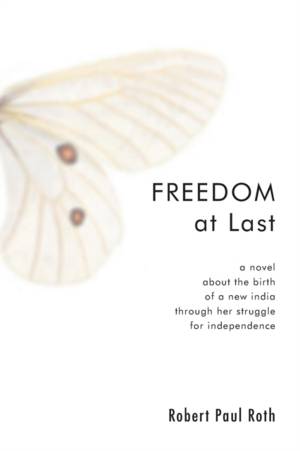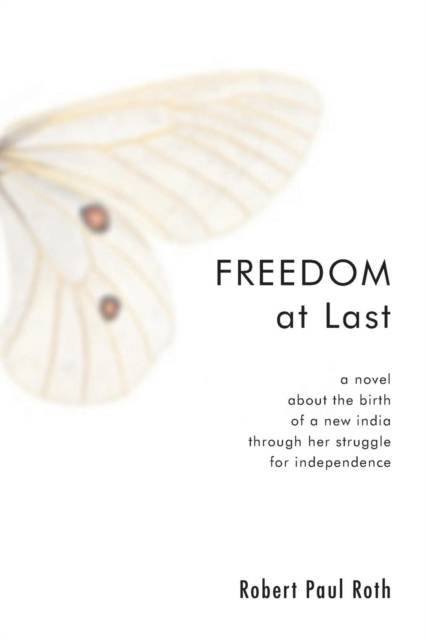
- Afhalen na 1 uur in een winkel met voorraad
- Gratis thuislevering in België vanaf € 30
- Ruim aanbod met 7 miljoen producten
- Afhalen na 1 uur in een winkel met voorraad
- Gratis thuislevering in België vanaf € 30
- Ruim aanbod met 7 miljoen producten
Zoeken
Freedom at Last
A Novel about the Birth of a New India Through Her Struggle for Independence
Robert Paul Roth
Paperback | Engels
€ 54,45
+ 108 punten
Uitvoering
Omschrijving
The time is the late 1940s. The place is India on the eve of independence. A history professor and his wife -- Ivar and Maren Lagerstrom -- arrive at a mission college in the southeastern town of Chinnapur. We follow Ivar and Maren as they learn to negotiate Indian society and as they endure trials of weather and disease. But graver crises are coming. Chinnapur is quickly becoming a haven for refugees. When the communist town chairman foments a riot of Koya tribesmen against the influx, a slaughter begins and throws the town into chaos. Robert Paul Roth has created a human-interest tale in which characters under duress become vehicles for significant social and political comment. Offering more than political commentary or local color, however, Freedom at Last reveals the irony of small-town life in uncertain times. Brimming with compelling characters, this novel brings readers close to ambiguities in both missionary activity and political empire.
Specificaties
Betrokkenen
- Auteur(s):
- Uitgeverij:
Inhoud
- Aantal bladzijden:
- 318
- Taal:
- Engels
Eigenschappen
- Productcode (EAN):
- 9781556350931
- Verschijningsdatum:
- 1/02/2007
- Uitvoering:
- Paperback
- Formaat:
- Trade paperback (VS)
- Afmetingen:
- 179 mm x 220 mm
- Gewicht:
- 444 g

Alleen bij Standaard Boekhandel
+ 108 punten op je klantenkaart van Standaard Boekhandel
Beoordelingen
We publiceren alleen reviews die voldoen aan de voorwaarden voor reviews. Bekijk onze voorwaarden voor reviews.








